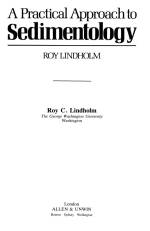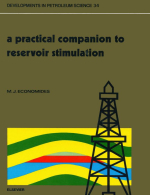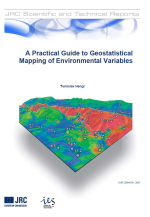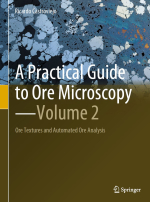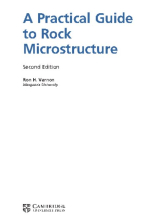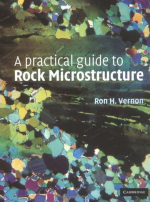Geostatistics is a subset of statistics specialized in analysis and interpretation of geographically referenced data (Goovaerts, 1997; Webster and Oliver, 2001; Nielsen and Wendroth, 2003). In other words, geostatistics comprises statistical techniques that are adjusted to spatial data. Typical questions of interest to a geostatistician are:
how does a variable vary in space?
what controls its variation in space?
where to locate samples to describe its spatial variability?
how many samples are needed to represent its spatial variability?
what is a value of a variable at some new location?
what is the uncertainty of the estimate?


